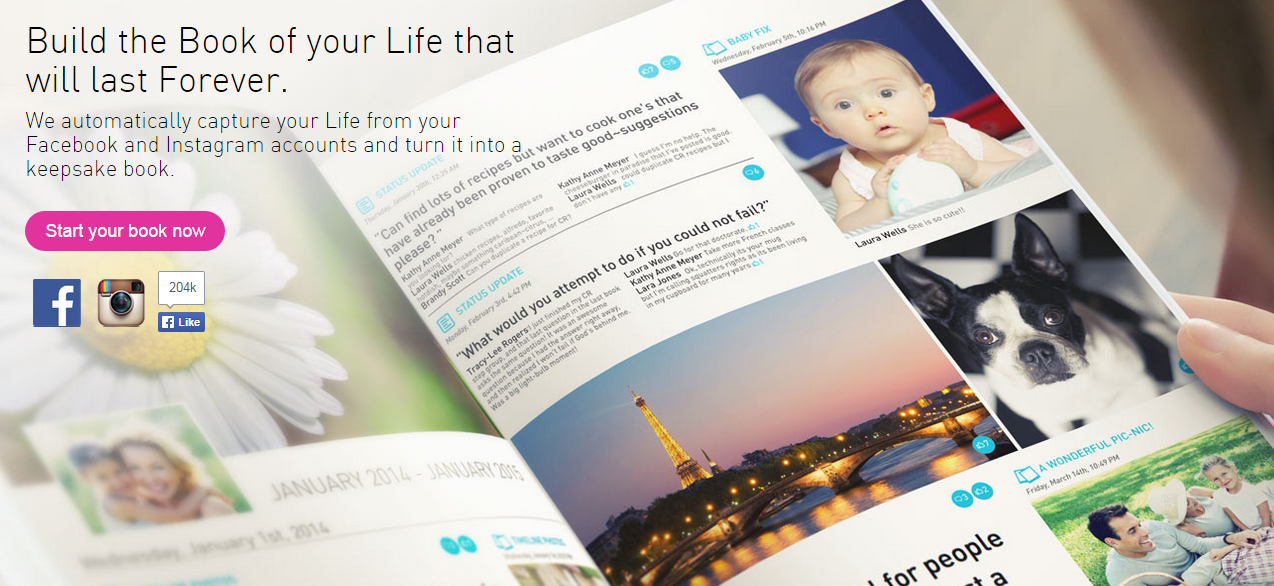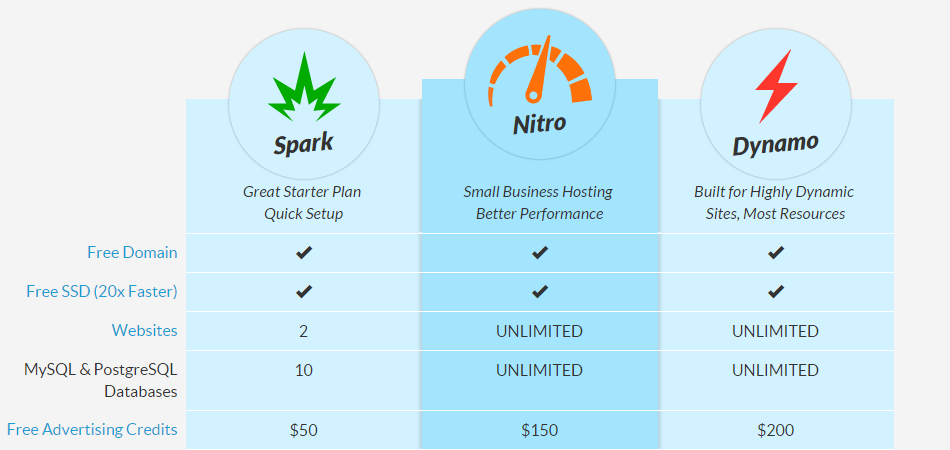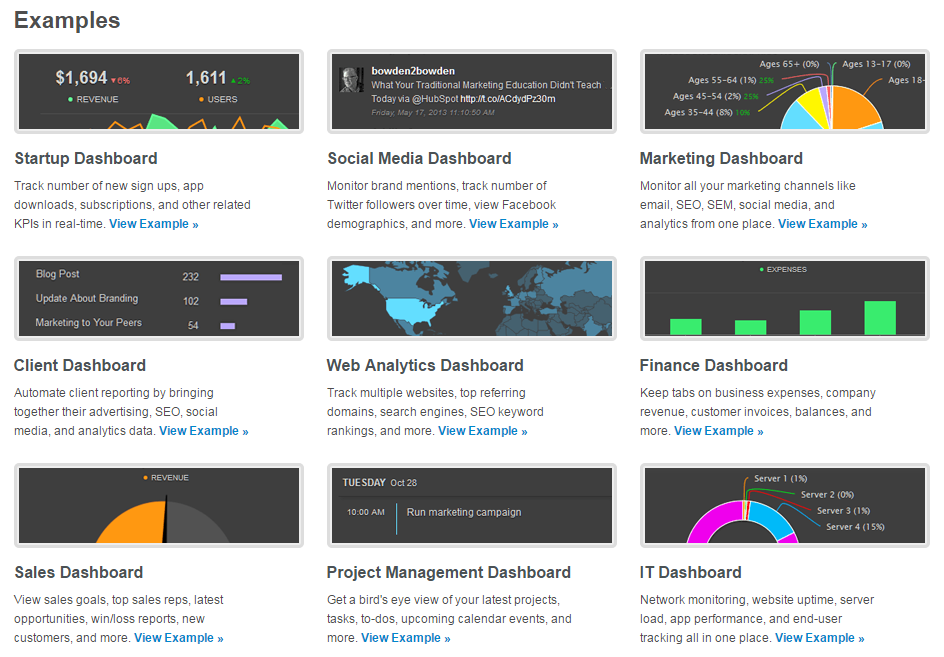Creating a new source of revenue, or expanding the revenue from existing avenues, can seem like a monumental task. Even the most successful businesses can begin to feel like they are trying to squeeze blood out of a stone.
But with the right tactics, even simple ones, you can see your profits soar. But what are those tactics and strategies?
Below are some great places to start, where to go and how to get there.
Add Services to Existing Product Lines
An easy first step is to expand on what you already have. Let's say you launched a product line a year ago that has done very well. What else could you release under the same banner that would add to your sales? Are there potential accessories or additional services that could attract your customer's eye?
The trick here is to think not of what you can easily create, but what your customer's could genuinely use. An example would be someone who sells custom made bikes. Perhaps they also start selling an accessory kit with a bar lock, an attachable water bottle, and neon signal light for night riding.
That could be offered at checkout for an additional cost, or thrown in at a discount for new bike purchases. Suddenly, you have a new revenue stream that is genuinely helpful to the customer.
If all you offer is a digital product, there's a way to expand your revenue to "real-life" products.
For example, have your digital product printed and start selling it. Print Me Poster will handle both printing and shipping for an added convenience. And it costs nothing to join their program if you choose to go that route.
Another example is MySocialBook which allows you to print out your digital Facebook book.

Image via My Social Book
Collaborate with Related Brands
I am huge fan of collaboration on all sorts of levels from creative content collaboration to business partnership.
Grocery store chains have been exploiting collaborations for a long time. For example, they offer a coupon where the customer buys a specific box of cereal and they get a gallon of milk for $0.99. Would that person have bought that cereal anyway.
Maybe, but at the same time you are attracting ten others who would have usually bought another brand. Not only does it direct sales, but it potentially gets rid of overstock. After all, if a store has 200 extra boxes of unsold Honey Honey Flakes, they have two options: offer an incentive to buy it at regular price, or offer it at clearance.
Both are fair options, but when you also have 200 gallons of milk about to reach its expiration date, which you won't be able to sell at all, why not kill two birds with one stone and maximize your profits?
Founder Dating is a great platform to find partners in the digital world:

Image via Founder Dating
Create Membership Tiers
Services almost always have different subscription tiers. It follows by something similar to the Cable TV model: You pay for blocks of entertainment (the product) at different pay levels.
So if you were to offer a website builder there could be a free version which allows a very basic website without any advanced tools, which will have "Built by XX Studio" at the bottom.
The next tier offers some customization tools and a white label service. The final premium tier had analytics tools, customized support, advanced building tools and maybe help from a designer.
By giving people a taste of what you have to offer, they are more likely to go in for the advanced tools. WebHostingHub is a good example here:

Image via WebHostingHub
Target a New Audience
Maybe you should be expanding not your product line, but the streams of revenue from the customer side. While it is good practice to target a singular demographic when you first launch, over time you may want to consider attracting new audiences with products, services or even just marketing aimed directly at them.
A good example is Netflix, which regularly narrows their focus on specific demographics based on their greenlit original series. Going through their lineup, you can see where they have been attracting each group with a different show meant to appeal to their tastes, age, gender, interests and more.
The tactic has been insanely popular, and their shows have attracted more interest globally than any other online series generator (such as Amazon).
My favorite example of a company that has successfully expanded its target audience is Cyfe. They have partnered with the overwhelming amount of PRO online services that you can literally connect all your digital life inside one tool. The more they partner, the more they expand their customer types:

Image via Cyfe
Bonus Tips: How to Increase Your Sales This Year
Offer Incentives For Referrals
Nothing is quite as powerful as the referral of a current customer. It is your number one lead generation tool, and you should always be expanding your referral programs. But people won't necessarily recommend you to their friends just because they like your product.
You need to give them a bit more incentive to do so. That means telling them why referring you is to their benefit, not your own. Give them coupons for discounts, free items or premium tools for their efforts, and you will see your referrals increase overnight.
Give Special Perks For New Accounts
In addition to special offers for referrals, you can give perks to people who are signing up for your service for the first time. A month of free service, for example, or a free gift.
Pizza Hut offers new Hut Lovers members an order of their popular cheese sticks the first time they sign up. Marriott hotels gives new members to their Travel Rewards program a free night stay at any of their accommodations.
Try To Match (Then Surpass) Competitors
When trying to see what customers are willing to pay for, there is no better source of information than your competitors. They are drawing people that you aren't, so they must be doing something right.
Even competitors who are less successful than you can provide some insight into what alternative potential customers enjoy. Look at their services, any perks or promotions, their methods of marketing, their prices and their demographic targeting. Then aim to be even better.
Give Something for Free (But Not Nothing)
A key content strategy for awhile has been "Pay With A Share." Someone will create an ebook, either as an an individual author or as a brand, and then allow people to get it for free if they pay with a share.
Or someone will host a webinar series and allow people to view or take part in exchange for an email. Still others give contest entries for ‘likes', or free samples for following Facebook pages. This is a great tactic, as you are giving away something for free, while meeting your individual goals.
At the very least, you are reliable building your list of leads. That means potential conversions and consistent revenue improvements.
Do you have any tips for alternative revenue sources? Let us know in the comments!